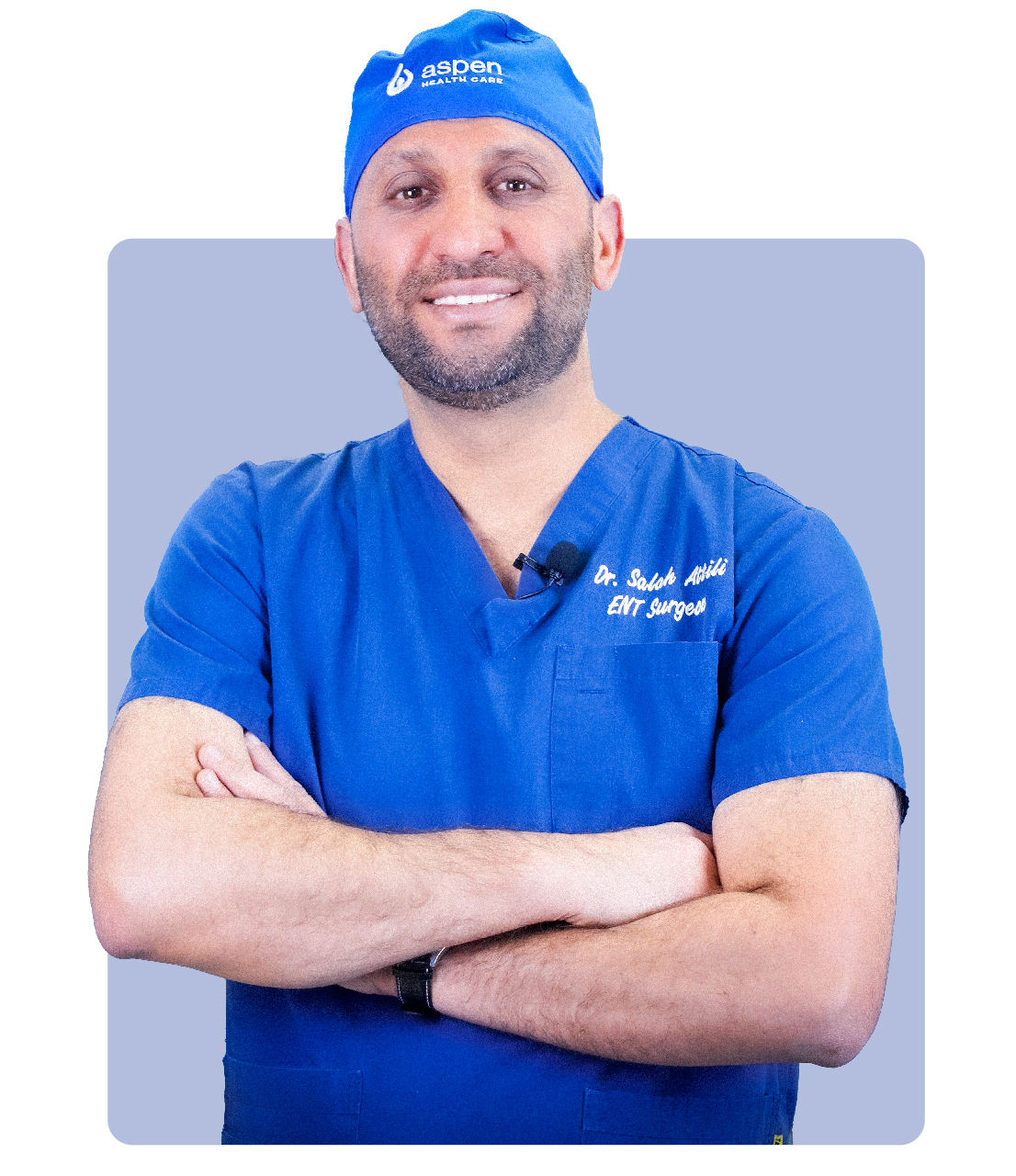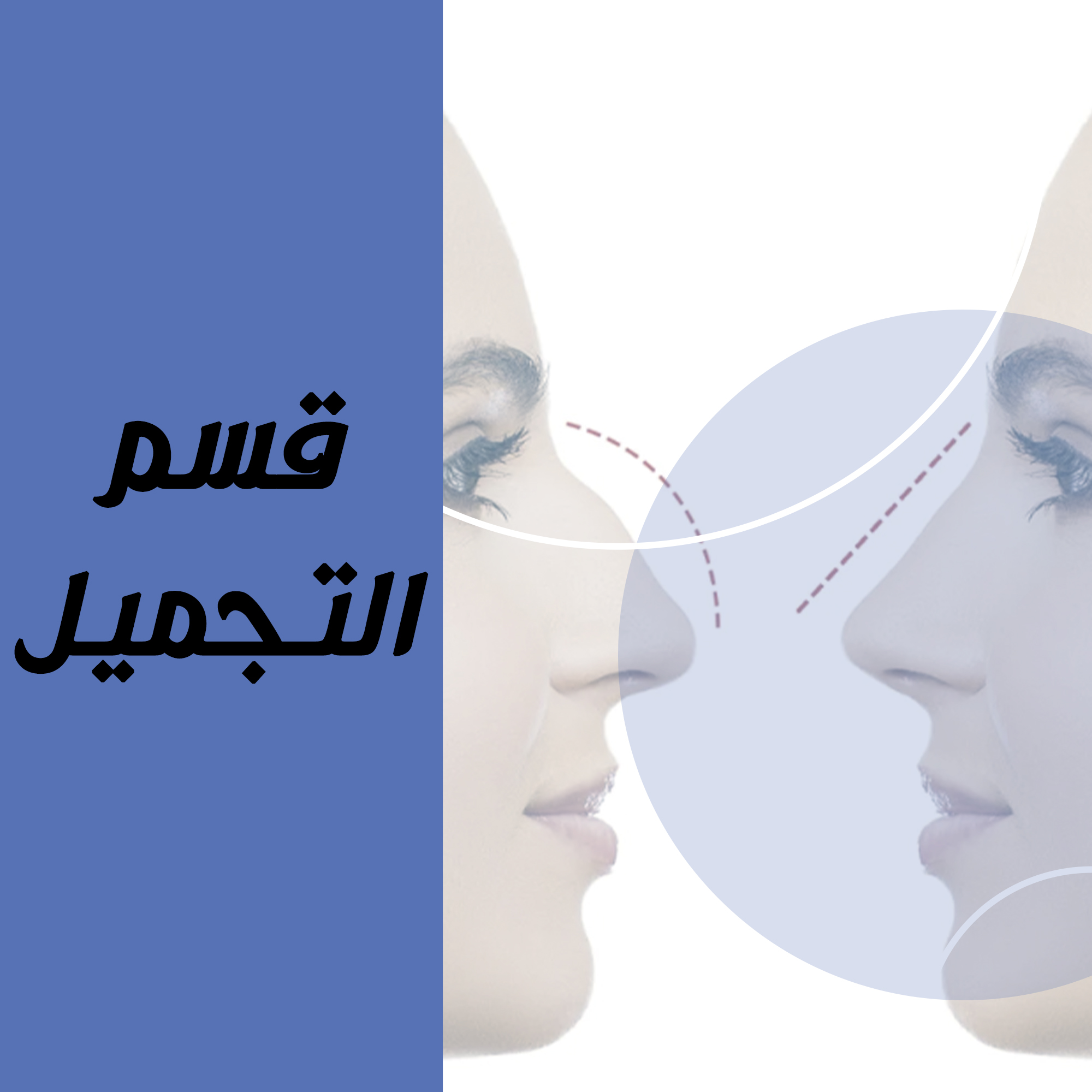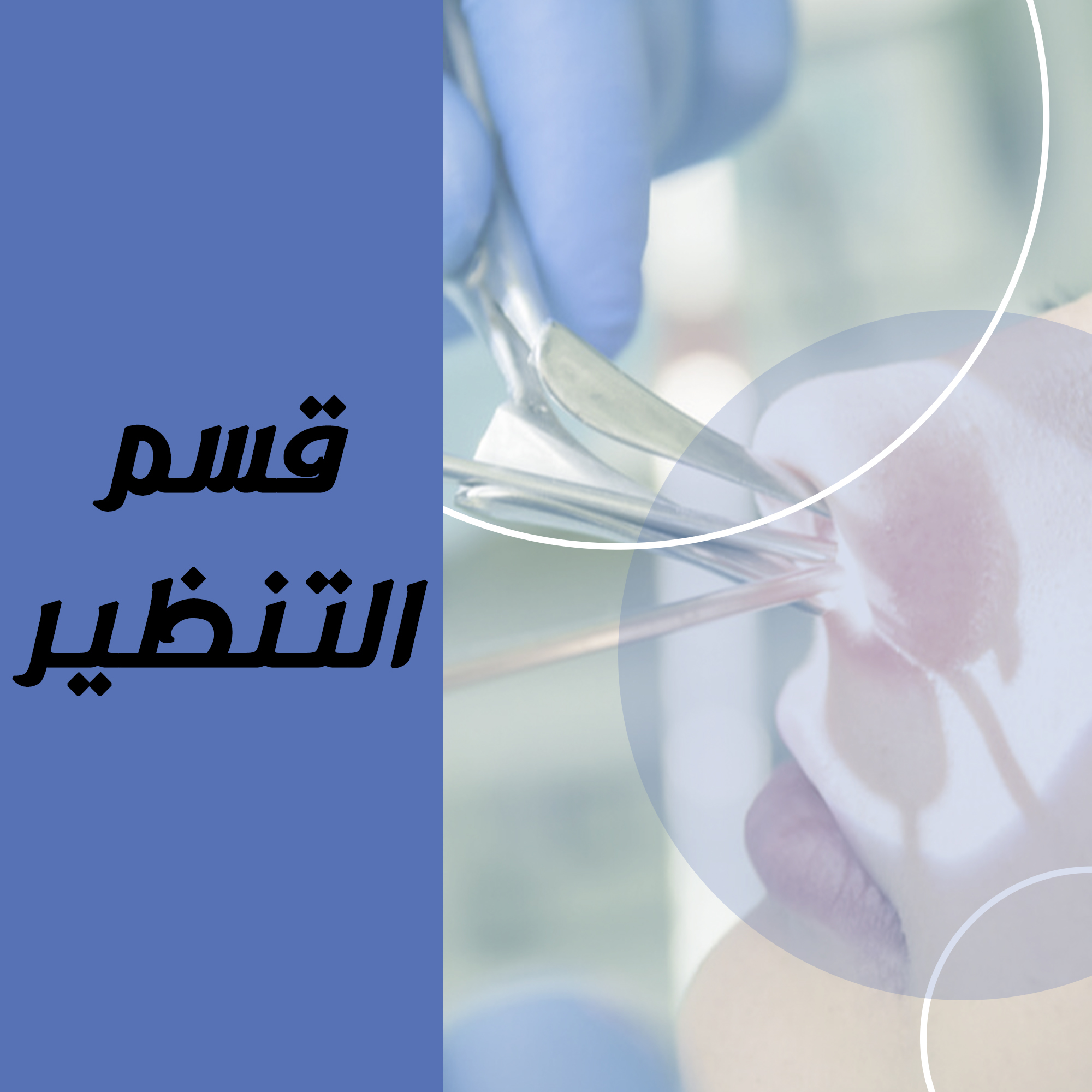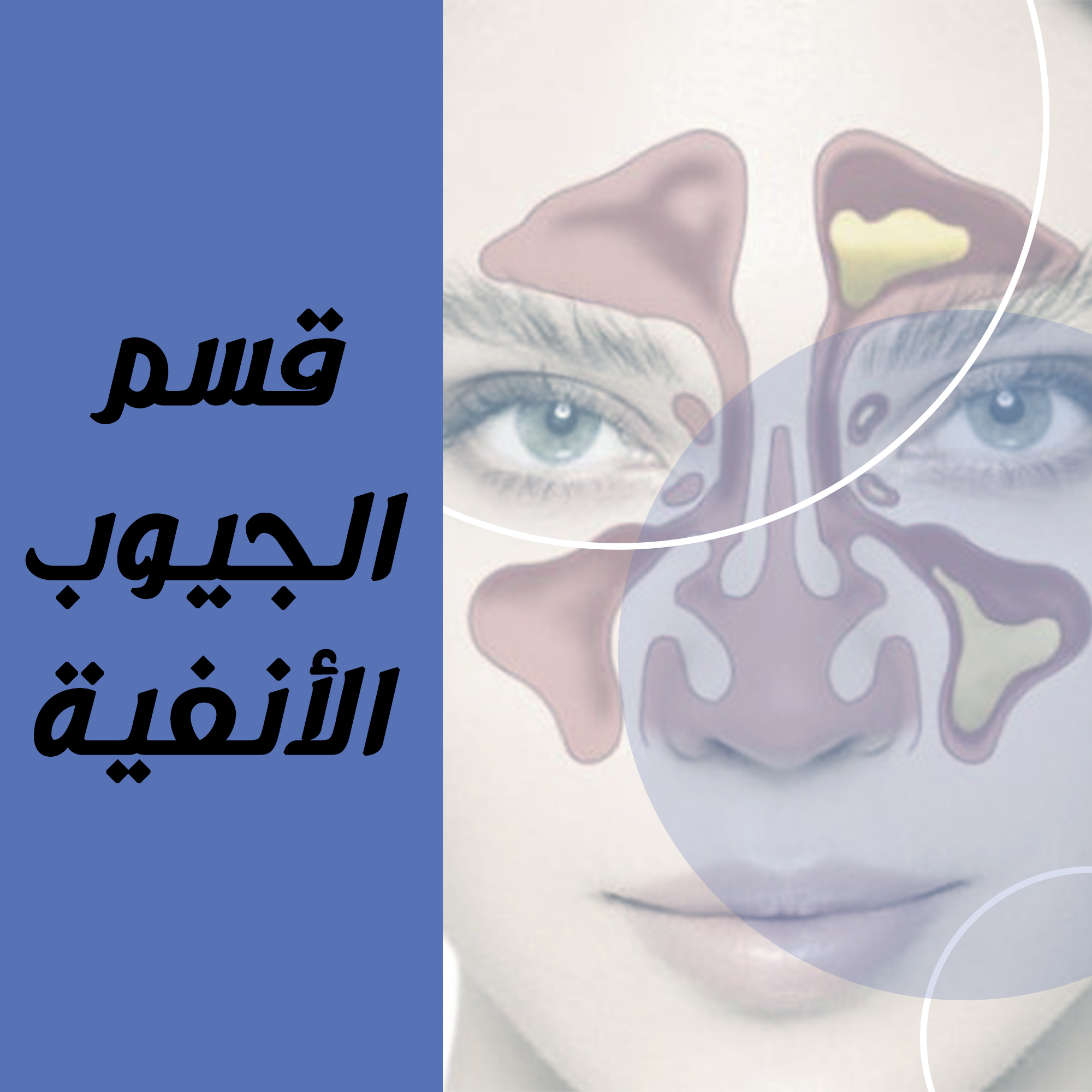About Us

Dr. Salah began his career in Doha, Qatar, and completed his undergraduate studies at the University of Basra in Iraq, where he specialized in otolaryngology and head and neck surgery. He is a member of the Jordanian Society of Otolaryngology and Head and Neck Surgery and is also a member of the Jordanian Medical Association. Since graduating from university, he has worked in numerous private clinics and hospitals in Jordan until he decided to open his own clinics in Amman and Zarqa. He came up with the idea of a program that would benefit the community by offering all the good advice in his field, in order to spread the benefit in Jordan and the Arab world. He has performed hundreds of surgeries for patients from within Jordan and from all Arab countries.
Doctor Memberships
- Member of the Jordanian Society of Otolaryngology (GMB)
- Jordanian Board of Otolaryngology JMB
- Member of the American Academy of Surgeons (AAQHNS)
- Member of the International Society of Otorhinolaryngology (JAHNS)
- Certified teacher at the Faculty of Medicine / The Hashemite University previously
- Consultant of ear, nose and throat surgery
- Lecturer and doctor at UNRWA previously

Medical Tourism
Treatment and Tourism

About Treatment and Tourism
Medical tourism allows tourists to combine an enjoyable tourist trip with medical treatment at the same time. Medical tourism is a popular option for those who want to conduct medical treatment in a new and different environment, where the patient can recover and relax simultaneously. Medical tourism provides the opportunity for patients to receive the necessary medical care in places with a high level of luxury and comfort, which adds positivity to the healing process and increases the chances of success in treatment. Medical tourism also provides the opportunity for patients and their families to explore new countries and experience different cultures and rituals, which makes treatment an enjoyable and beneficial experience at the same time.

About Treatment Only
Dr. Salah Al-Atili Center is pleased to announce the tourism and treatment services at the same time. He understands that the treatment process and the recovery phase can be a source of fear and anxiety for the patient, so he provides coordination of arrival from the airport, in addition to tourism services that will enable the patient to enjoy the trip and relieve the stress caused by the treatment. The center team will stay with the patient from the moment of his arrival until his departure from the airport. All services are secured, and the patient can now enter his data and he will be contacted to arrange all travel and treatment matters in full. We are sure that you will be happy with your visit to Jordan, as your treatment process will become much easier with us, and will no longer be a source of fear and anxiety.
Treatment Only
The center includes several departments

Department of Pronunciation and Communication
The main goal of the specialization in speech and speech is to solve many problems that children and even adults suffer from, and they are addressed through the processes of communication and understanding with others, which are often related to the perceptual, linguistic and vocal aspects, in addition to the verbal and auditory aspects as well.

Department of Audiology
It includes examinations of the auditory cerebral nerve for newborns and an examination of the cochlea and vestibules under the supervision of audiologists. The center is keen to follow all patients very carefully. There are advanced medical headphones, the latest science findings, with high quality, so that patients can enjoy hearing their loved ones.

Mini operating room
Minor operations are done here under local anesthesia, such as the presence of any mass or problem in the nose, ear, and face, where the above-mentioned areas are removed, sutured, restored, or beautified, as well as some minor operations such as infections, abscesses, and ear problems, such as making a drum in this section, and there are special and high-quality surgical tools Sterilization and distinguished medical staff, including nurses and doctors

Sinus section
The sinus department is concerned with advanced operations in the sinuses, sinus endoscopy in operations, and follow-up of patients inside the clinic after the operation, including endoscopic devices and cleaning the sinuses inside the clinic. Of course, it is performed for patients who suffer from chronic sinus infections, fevers, and shortness of breath. What has been learned in this field

Endoscopy department with the latest equipment
Endoscopy Department There are several types of endoscopy, sinus endoscopy, laryngoscopy, and nasopharyngeal endoscopy. This section uses modern equipment, the latest in science, professional endoscopy, and provides comfort for the patient to diagnose throat diseases such as polyps, lumps, or even tumors and causes of throat diseases, hoarseness, and endoscopy. Sinuses to find out the causes of adenoids, deviation of the septum, and nasal conjunctiva

Rhinoplasty Department
It specializes in treating injuries and fractures that the patient is exposed to on the nose and congenital deformities such as the cleft lip and the deviation of the nasal septum external and internal and functional diseases such as shortness of breath and enlargement of the nasal concha WhatsApp or by calling
Surgeries that are performed in the clinic

-

Rhinoplasty Department
Cleft lip surgeries, external and internal nasal septal deviation, enlarged nasal concha, and rhinoplasty are performed here.
-

Endoscopy department with the latest equipment
All types of endoscopy of the nose, ear, polyps and septal deviation are performed here
-

Sinusitis section
It deals with advanced sinus operations, sinus endoscopy, and follow-up of patients
-

Mini operating room
Operations are performed under local anesthesia, including suturing, restoration and plastic surgery
